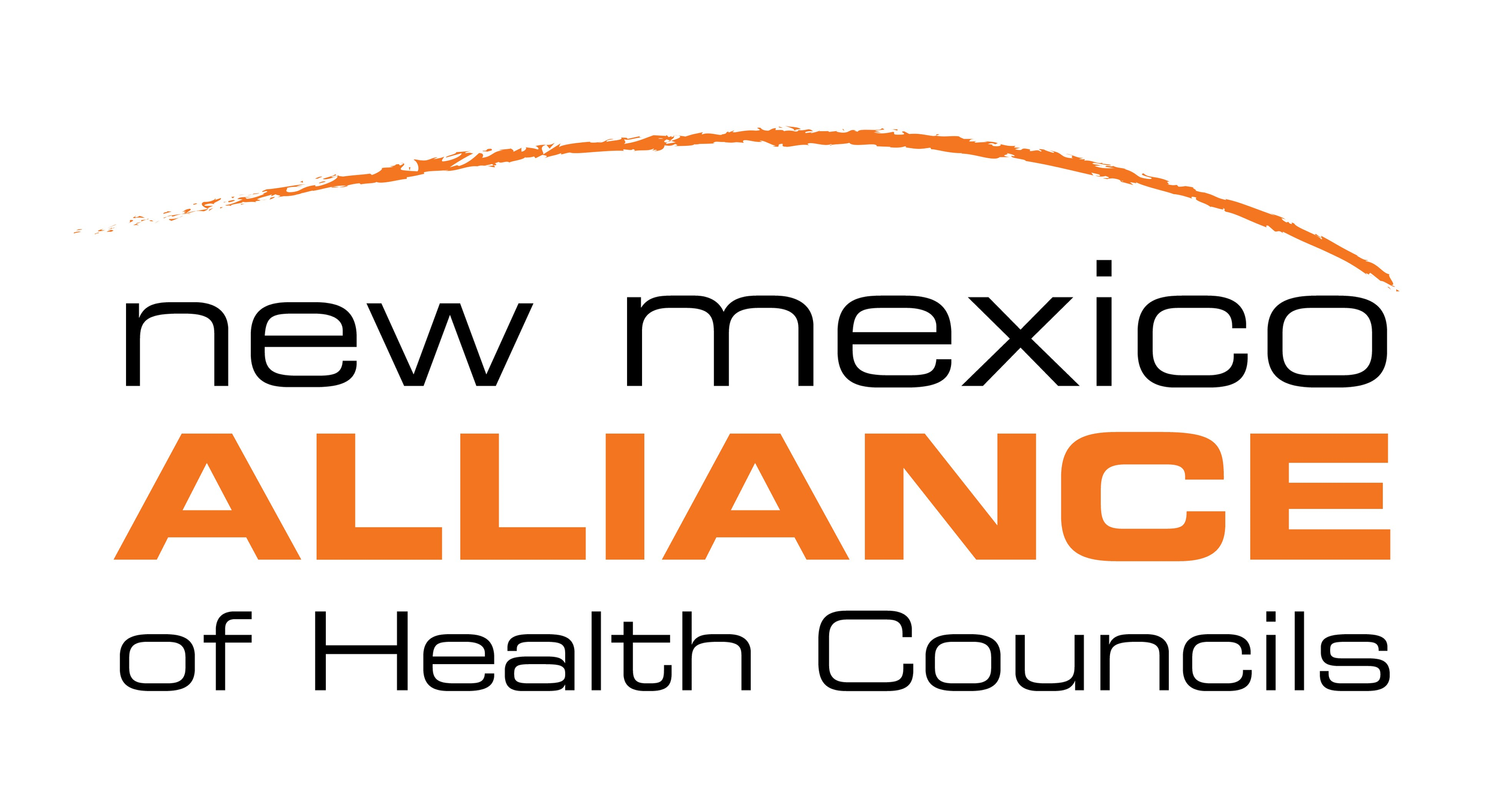
Mó-ha-loh (Pueblo Peak), Taos County
There is no template for a land acknowledgment. It will be unique to your group. If you have trouble getting started, here are some ideas to think about and an approach to getting your thoughts written down.
REVIEW
What is the purpose?
Who is the audience(s)?
What platform(s) will you use to share it?
Which tribes will you name?
Are there any lingering questions that came up through this process?
WRITE
If you are having trouble finding a place to start, here are some prompts that might help you get a first draft .
1. State the name of your group.
2. Identify who is being acknowledged.
3. State why you are acknowledging them.
4. Choose a verb:
acknowledge
recognize
remember
honor
call upon
entreat
5. Repeat steps 2-4 if there are multiple groups you are acknowledging.
6. State your purpose and/or committment and/or a Call to Action
Here are two examples of land acknowledgment statements written using the above method in under 5 minutes.
Sample #1
The ____ County Health Council acknowledges the Eight Northern Pueblos for your resilience and commitment to supporting the health of the land and the people who live here - despite centuries of colonization attempting to destroy your culture. We are honored to have the opportunity to learn from the Sovereign Nations of Tecuse, Pinguiltha, Kha'p'oo Owingeh, Ohkay Owingeh, Po-Woh -Ge Owingeh, Nanbé Owingeh, Po-Suwae-Geh, and Tat'unge'onwi and we are committed to working alongside you in building a culture of health for all New Mexicans.
Sample #2
The _____ Tribal Health Council honors all of the Native people who shared this sacred land with our ancestors and who suffered the atrocities of colonization - ____ Nation, _____ Pueblo, and _____ Pueblo. We call on you to join our ancestors in guiding us in our work to heal the community that is still suffering from your loss. Guide us as we work with people new to this land so we can create the future you envisioned for us.
EVALUATE
Before you finalize your land acknowledgment, ask:
Does the language feel authentic?
Does it include the points from the Process page?
Were Native American communitity members consulted or engaged at any point in the process?
Is the language too soft? Does it portray the truth of the effects of colonization? Is any of it too passive?
Is any of it problematic? Will this cause conflict or division with any of the groups you work with, whether Tribal Nation or County or State Government?
BE ACCOUNTABLE
With your land acknowledgment statement finalized, take it from thought to action. Create a list of all the ways you will use the land acknowledgment and then turn these into S.M.A.R.T. goals that you can add into your strategic plans.
Be specific.
What are you going to do? Why are you doing it? What is the objective? Who else does this involve? Who is responsible to see that it gets done?
Make it measurable.
Set a date that it will be completed. If it applies, include a percentage or number that can be used to track change over time.
Make it achievable.
What resources are required to get this done well (time, people, funds, experience, knoweldge, tools, etc)? Of these, what do you have and what needs to be acquired? Is there someone with some of these resources with whom you can partner?
Make it relevant.
Make sure this is aligned with your mission, vision, etc.
Make it timely.
Put the various actions in order of priority. Lay out the benchmarks that will indicate progress is being made (what measurable thing will happen by a certain date?) Decide what needs to happen before an action gets underway. Set dates when you will revisit these to check progress or update, such as quarterly or annually.

ADDITIONAL RESOURCES










